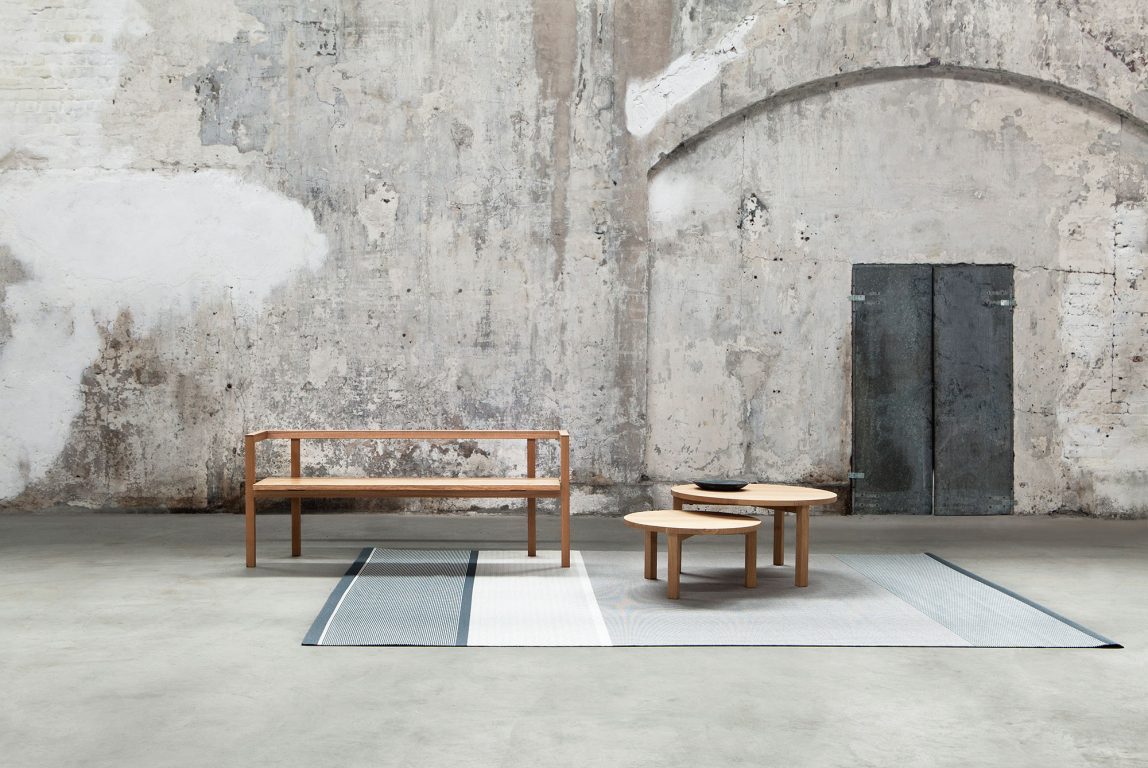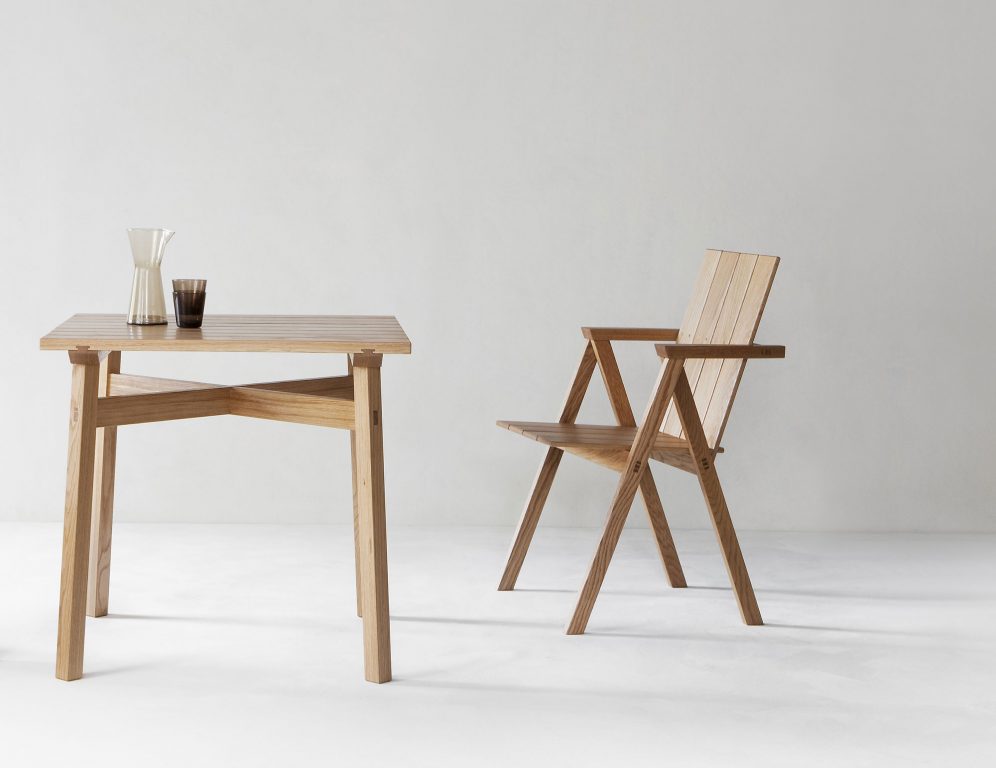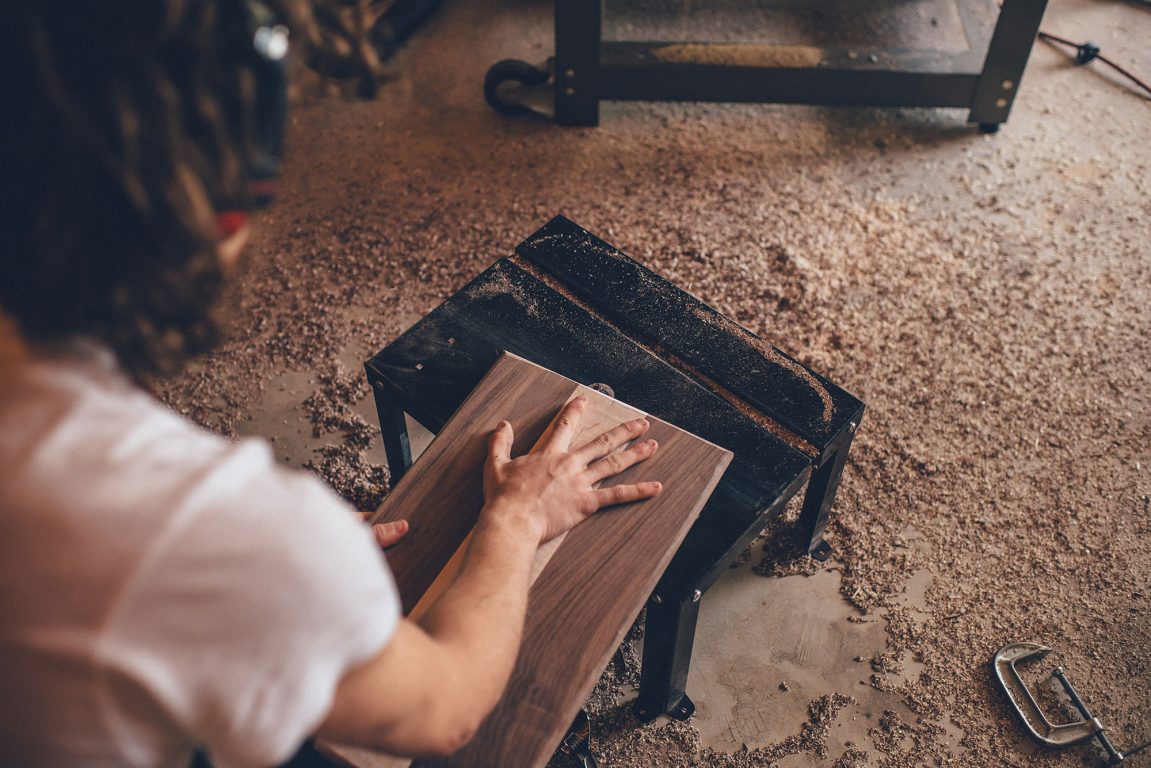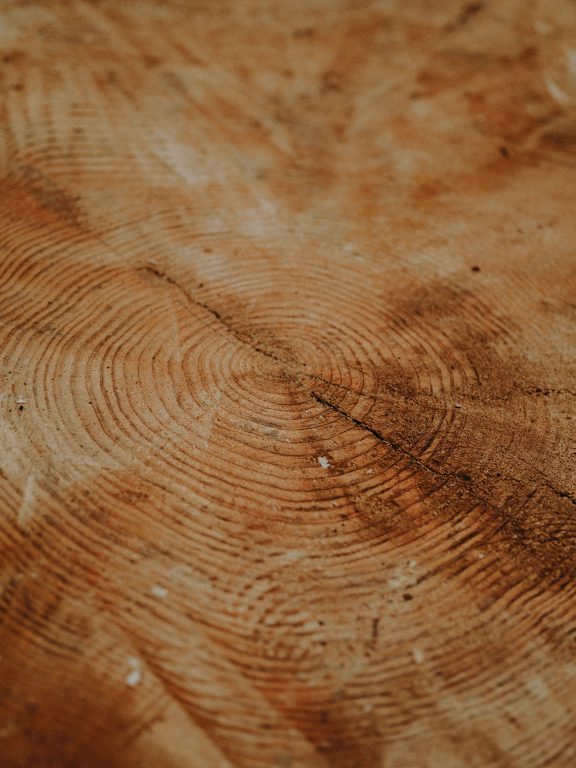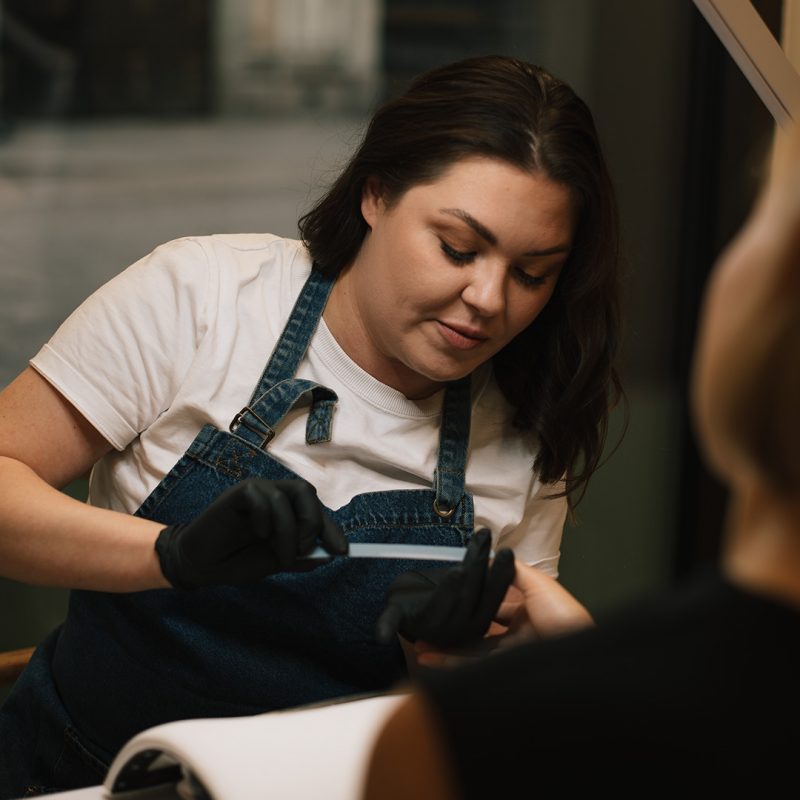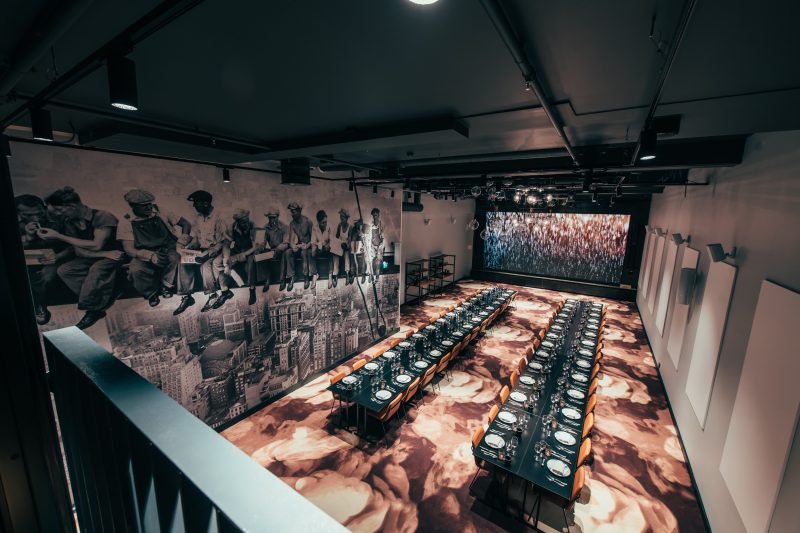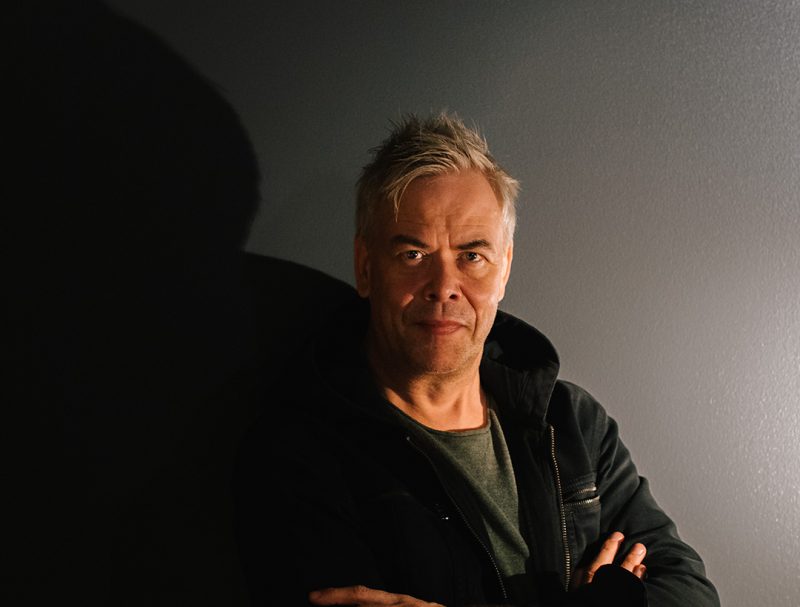Before he was old enough for school, Kari Virtanen took an interest to woodwork and everything that could me made out of this inspiring material. In the 1950s Finland where everything was scarce, children often had to contribute to a family’s livelihood. With family Virtanen also making small household items for selling, such as stirrers and bath whisks, working with hands became a natural part of his life early on. In his professional career, he has designed fixtures for Finnish National Gallery Kiasma, Tampere Hall, Helsinki Central Library Oodi, and University of Helsinki’s Think Corner, to name a few.
Growing up in Finland’s Ostrobothnia region in the fifties and sixties, the young aspiring carpenter had turned 14 when he was taken as an apprentice by a small local carpenter’s workshop. He developed his skills over time under the watchful eye of the seasoned Ostrobothnian master carpenters, learning his craft at the job and acquiring the required theory through a series of brief courses. Virtanen got his vocational degree in decorative carpentry through an apprenticeship program at an education center specialized in woodwork. Developing his experience and carpentry skills in several workshops, he was even employed as a model carpenter for a time at furniture chain Asko Oy’s Lahti location early in his career.
In 1967, Kari Virtanen got the opportunity to start his own workshop in Seinäjoki. An important church designed by Alvar Aalto and a cultural center of several buildings were under construction at the time in Seinäjoki, bringing in the first assignments for Virtanen’s new one-man workshop, Nikari. Kari Virtanen crafted several special fixtures for Alvar Aalto’s project at his shop over the course of seven years, including interior design items and other smaller items.
”I learned a lot from Alvar Aalto, especially about interior design,” Kari Virtanen says, recalling the years spent on the project.
Following the seven-year project, Virtanen cultivated a tight working relationship with Kaj Franck all the way through to 1980s. Franck wanted to focus on teaching Ostrobothnian craftsmen about design and support them in getting recognition for their profession and their products in high-profile design fairs in Finland and in international design events.
”That period in my life was a real higher learning curriculum on design and architecture. Over the course of my professional career, I’ve had the chance to work with many internationally renowned architects, and each project has taught me something new. Learning on the job has also always involved teaching at universities and other institutes. Working with young people has been especially rewarding. Their way of thinking keeps your mind sharp. And as I’ve had the privilege of learning from seasoned masters in my youth, it’s particularly rewarding to pass this knowledge forward,” Kari Virtanen says.
Some products designed by Virtanen have been available for almost 30 years. A timeless quality in products is important for both business and the environment, and this is something Virtanen is eager to pass forward to new aspiring woodworkers.
”Handmade images have a softer, more human touch.”
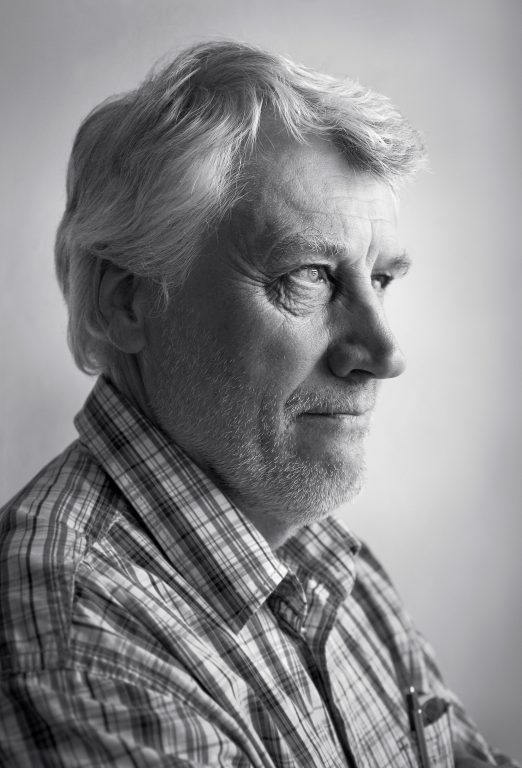
Humility and natural talent are evident in the way Virtanen carries himself. In a carpenter’s line of work, good drawing skills are an asset. Still drawing by hand, Virtanen feels that otherwise the end result is devoid of soul. He draws the item on paper, considering ergonomics, practicality, form, and method in the design.
”At first, I get enthusiastic about the structure and examine it meticulously. I rarely approach anything form first, because then I wouldn’t know the possible ways to actually make the product. I work with my hands and I know how machines and equipment work, and through this, I’m able figure out what’s possible and sensible to begin with. I’m of the generation that learned to draw by hand. Handmade images have a softer, more human touch.”
Sustainability first
In the 1980s, Virtanen’s research for clean and natural finishing materials earned him some sideways looks.
”I’ve never compromised on ecology. Back in the 70s and 80s, I was already researching organic finishing materials. The environmental aspect gives Nikari’s products a competitive edge. The serviceability of the fixtures is also key. Natural materials, serviceability and environmental aspects go hand in hand, and they give products a great look that ages beautifully.”
Nikari’s business exemplifies care for the environment and sustainability. In addition to sustainability, Virtanen values local production, and this is why current material culture gives him pause as goods are transported in high volumes over long distances. Sharing his two cents on the subject, he hopes that locality of products will be given higher consideration in the future.
